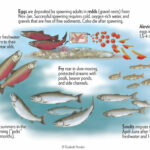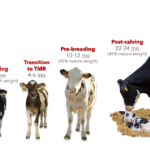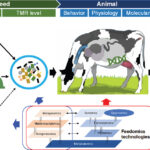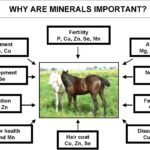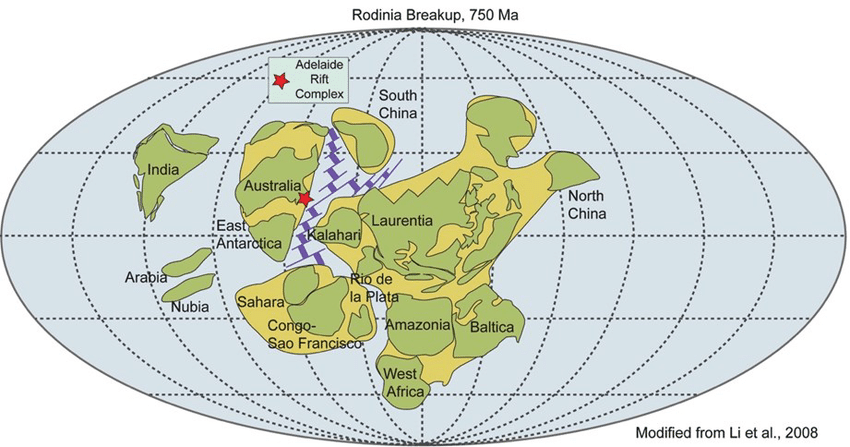The Importance of Biodiversity
Biodiversity, which encompasses genes, species, and ecosystems, provides society with a diverse range of goods and services that are essential for human well-being. These components of biodiversity—whether used directly, indirectly, or as potential resources—are often referred to as “biological resources” (McNeely et al., 1990; Reid & Miller, 1989; Wood, 1997).
Thank you for reading. Don't forget to subscribe & share!
Direct Benefits of Biodiversity
Biodiversity directly supports human life in several way
-
Genetic diversity enables plant breeders to develop new crop varieties that are resistant to diseases, pests, and environmental changes.
-
Species diversity provides humans with food, medicine, and industrial materials, including medicinal plants and raw materials for manufacturing.
-
Ecosystems deliver critical services such as water purification and flood control, helping to sustain natural and human environments.
Interconnectedness of Biodiversity Components
The components of biodiversity are deeply interconnected.
-
Genetic diversity is fundamental for adaptation, ensuring that species can survive changing environmental conditions.
-
Crop productivity depends on the diversity of crop species, as well as soil organisms like invertebrates and microorganisms that maintain soil fertility.
-
Ecosystem composition and species abundance affect the quality and availability of the services that ecosystems provide. Even small changes in biodiversity can disrupt ecological balance and reduce the benefits humans derive from nature.
Biodiversity and Knowledge Advancement
Biodiversity is valuable not only for its tangible benefits but also for its contributions to knowledge and innovation.
-
Studying biodiversity helps drive technological advancements and enhances our understanding of human biology and ecology.
-
Experiencing biodiversity can shape human values and beliefs, influencing cultural perspectives on nature and conservation.
Nonextractive Ecosystem Services
In addition to direct benefits, biodiversity provides nonextractive services that contribute to societal well-being:
-
Water purification and pollution control
-
Flood regulation and climate stabilization
-
Pollination of crops
-
Natural pest control
Research has also explored the economic value of these services and how they can be preserved through institutional mechanisms and policy incentives (Daily, 1997; Missouri Botanical Garden, forthcoming).
Biological Values of Biodiversity
Biodiversity is the foundation of all our food, medicines, fibers, fuels, and industrial products. The direct use of biological resources plays a crucial role in economic development, contributing significantly to national and global economies.
In 1989, the agriculture, forestry, and fisheries industries in the United States contributed $113 billion to the country’s gross domestic product (GDP)—an amount equivalent to the combined contributions of the chemical and petroleum industries (DOC, 1993). However, the total economic value of biodiversity extends beyond these sectors, as it also includes industries such as:
-
Recreation (e.g., Everglades and Boulder, Colorado case studies)
-
Hunting (e.g., Quabbin Reservoir case study)
-
Tourism (e.g., Costa Rica case study)
-
Pharmaceuticals
Biodiversity and Developing Economies
In developing countries, economies are often more dependent on natural resources, making biodiversity-related industries even more essential. For instance, in Costa Rica, agriculture, forestry, and forest-related industries accounted for 19% of the nation’s GDP in 1987 (TSC/WRI, 1991), whereas in the United States, these sectors made up only 2% of GDP (DOC, 1993).
This stark contrast highlights the challenges of valuing biodiversity. The contribution of ecological systems to the economy is often underrepresented in financial assessments, even though human survival fundamentally depends on these systems. The failure of the $200 million Biosphere 2 experiment, which attempted to sustain eight people in a closed ecological system for two years, underscores this point. Scientists Cohen and Tilman (1996) concluded that humans do not yet know how to engineer systems capable of providing the life-sustaining services that natural ecosystems deliver for free.
Conclusion
Ultimately, while biodiversity’s economic contribution is difficult to quantify, its value in maintaining life and sustaining economies is immeasurable.

